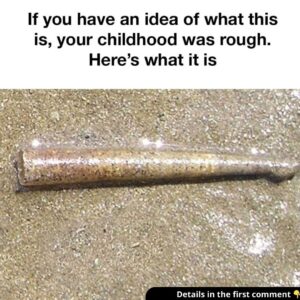If you walked into a classroom in the mid-1900s, chances are you would’ve seen a wooden paddle hanging behind the teacher’s desk—polished, flat, and full of unspoken authority. For those who lived through that era, this object is unforgettable. It wasn’t just a tool; it was a clear message: step out of line, and consequences would be swift and wooden.
Today, this once-common schoolhouse item seems more like a relic from a distant past. And for many in the younger generation, the idea of corporal punishment in schools is unthinkable. But for others, the sight of a vintage wooden paddle brings back memories—some lighthearted, some less so. Let’s take a closer look at the story behind this controversial piece of educational history.

The Simple Yet Intimidating Design of the Wooden Paddle
What made the wooden paddle such a lasting symbol? Its simplicity.
Most paddles were crafted from solid hardwood, often with a smooth, flat blade and a long handle for grip. Many featured drilled holes across the blade—not just for looks, but to reduce air resistance. Those holes made the swing faster and the sting sharper. For students, just seeing it was enough to sit up straighter.
These paddles weren’t just classroom fixtures. They hung in homes too, often displayed in plain view as a silent reminder to behave. Some parents even passed them down, generation to generation, as a strange kind of heirloom.
Video: An old experience with the wooden paddle.
Discipline Then and Now: A Cultural Shift
Back in the mid-20th century, physical punishment in schools wasn’t just accepted—it was expected. In places like the American South, paddling was routine. Teachers were trusted to discipline students directly, and the wooden paddle was their go-to method. Misbehaving in class could mean a trip to the principal’s office, followed by a few swats in front of your peers.
But over time, the tide began to shift. By the 1980s and 90s, more parents and psychologists began to speak out. Research showed that physical punishment often led to anxiety, resentment, and long-term emotional harm. Schools began moving away from physical discipline, replacing it with more constructive methods—like counseling, restorative conversations, and behavioral programs.
The vintage wooden paddle, once seen as a symbol of authority, was slowly removed from classrooms and replaced with more empathetic approaches.
Real Memories: Tales of the Paddle
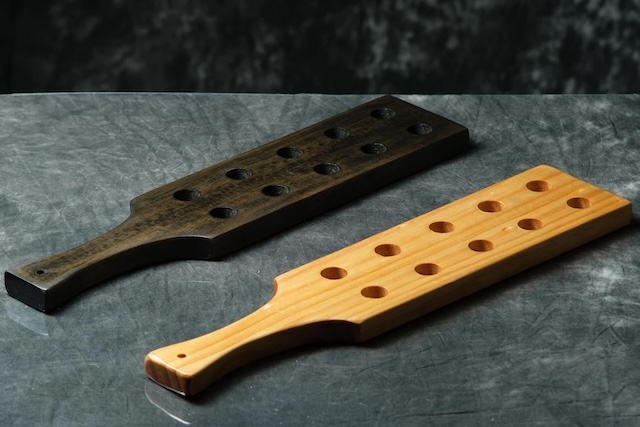
Ask anyone who went to school before the 1980s, and you’re likely to hear a story about the paddle. Maybe they were the one sent to the office. Maybe it was their best friend. Either way, it was a shared experience—something that bonded classmates through whispered tales and wide-eyed retellings.
There were the creative attempts to soften the blow—slipping books down the pants or layering extra underwear. And of course, the legends: teachers with paddles named “The Board of Education,” kids who swore they saw sparks fly, and principals who wielded their paddles like samurai swords.
It wasn’t all fear, though. For many, the paddle became a strange part of growing up—a quirky reminder of how different things used to be.
The Decline of the Wooden Paddle
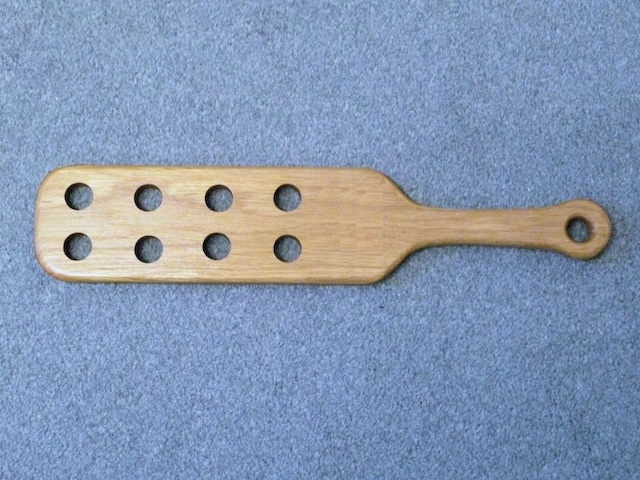
By the turn of the century, most states had banned corporal punishment in schools, especially in public education. Some private institutions held onto the practice a little longer, but even they began to face legal and cultural pressure to abandon it.
Today, physical punishment is banned in the majority of U.S. school districts, and the paddle has become more of a collector’s item than a disciplinary tool. You’ll find them in antique shops, vintage toy collections, and even nostalgia-themed diners as decor.
In some rural schools, the paddle may still hang on a wall—more as a nod to history than a real threat.
From Tool to Time Capsule: The Paddle as a Cultural Artifact
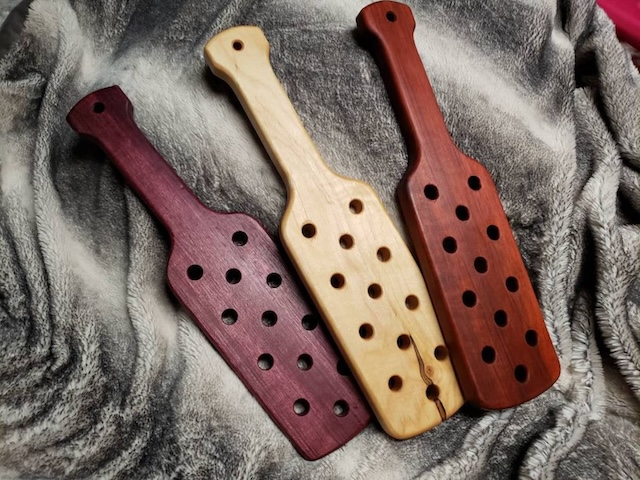
There’s no denying that the wooden paddle holds a complicated place in our collective memory. For some, it represents a time when discipline was direct and simple. For others, it’s a painful reminder of a less compassionate era in child-rearing.
Either way, the paddle is part of our history. It tells a story of how education and parenting have evolved. Of how authority has shifted from fear-based tactics to emotionally intelligent approaches. Of how we’ve redefined what it means to raise and educate a child with respect and understanding.
A Touch of Nostalgia—or a Wake-Up Call?
Video: Old school spanking paddle
It’s easy to romanticize the past. Many who remember the paddle do so with a bit of humor and nostalgia. They laugh at how scared they were or how everyone would behave just at the sight of it.
But it’s also worth asking—was fear ever the best motivator? Today, we know that children learn better when they feel safe, supported, and heard. Discipline now leans toward emotional growth, not humiliation.
So while the paddle may hold a certain charm for some, it also serves as a reminder of how far we’ve come—and how important it is to keep moving forward.
The Enduring Legacy of the Wooden Paddle
Even though it’s mostly disappeared from modern classrooms, the wooden paddle still lingers in our collective consciousness. It pops up in conversations about “the good old days.” It stirs debate in parenting forums. It hangs, dusty but visible, in the back corners of museums and attics.
Some see it as a tool of the past. Others, as a warning sign. But either way, its story is far from forgotten.
The vintage wooden paddle reminds us that discipline, like everything else, is subject to change. And sometimes, the tools we leave behind tell us more about our progress than the ones we use today.
Conclusion: More Than Just a Piece of Wood
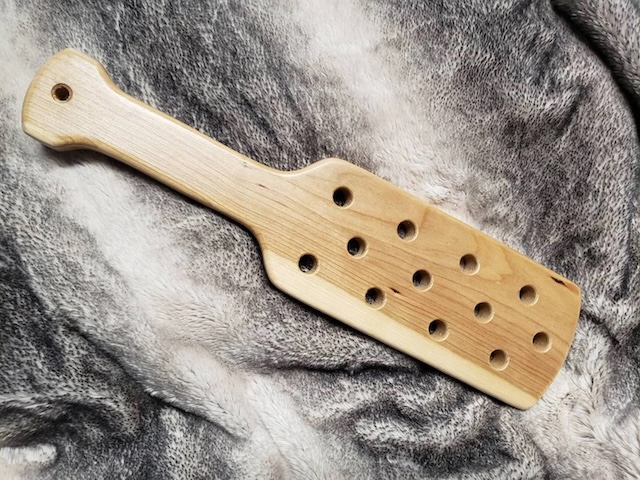
Whether you look at it with nostalgia or disapproval, the vintage wooden paddle carries weight. It speaks of authority, control, fear, and order—but also of shifting mindsets, evolving values, and a broader understanding of what children really need.
We may no longer believe in the power of a wooden swat, but we still seek discipline that teaches, not punishes. And that’s a legacy worth building on
